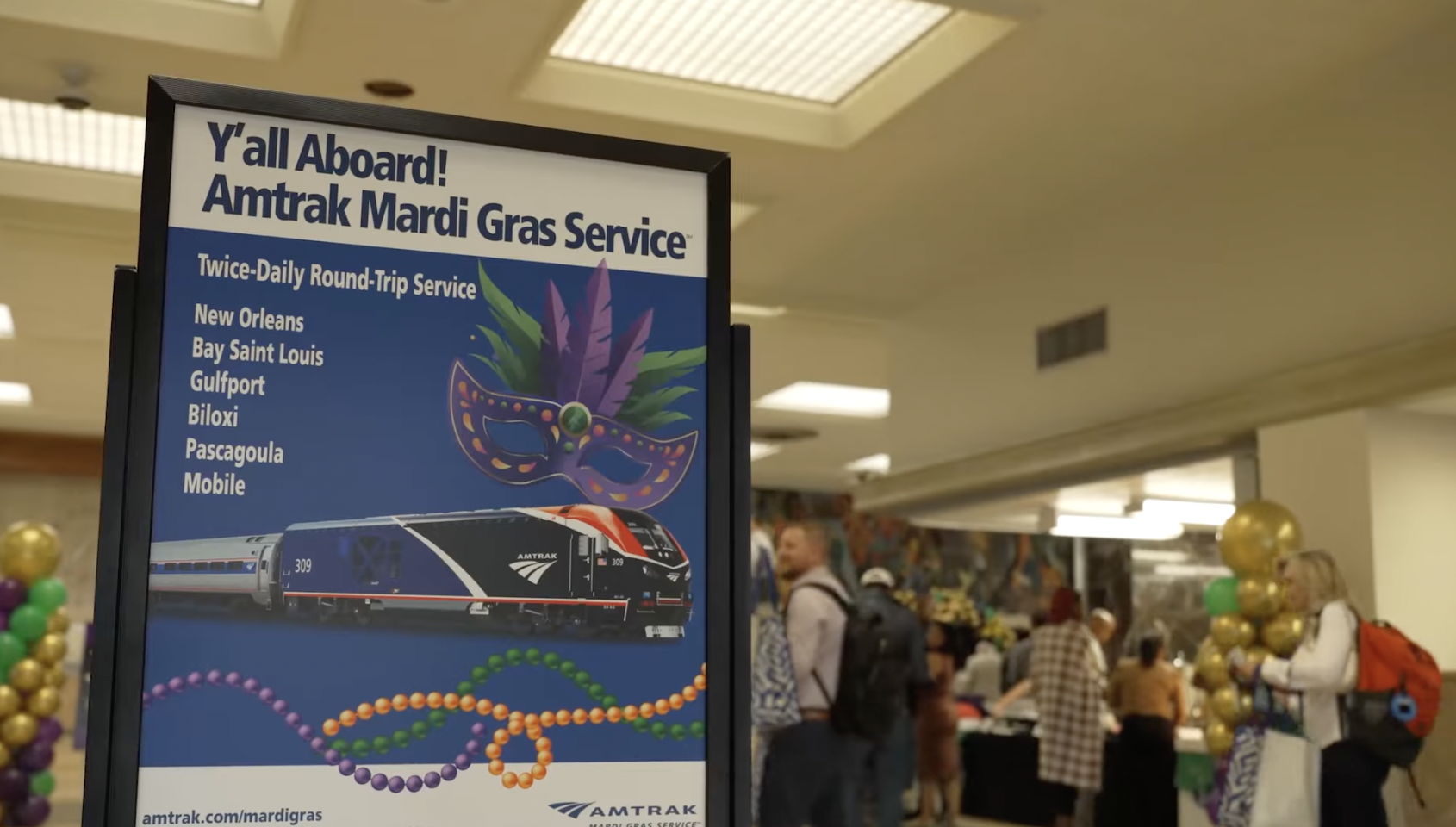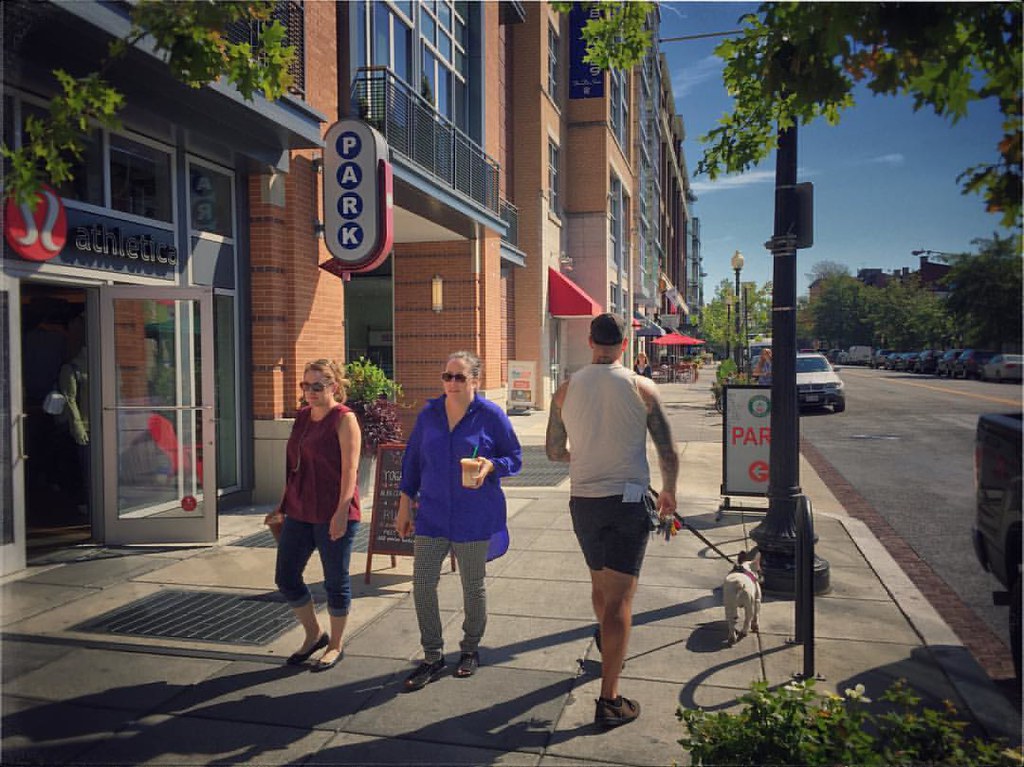Perhaps you've heard about Cleveland's terrible vacancy problem, generally attributed to the decline of the manufacturing industry.
But it's not so simple. The greater Cleveland area shed just 2.5 percent of its population during the most recent census period. Meanwhile, the city of Cleveland proper lost a staggering 17 percent of its population over the same time.
The region's inner ring suburbs also suffered. Relatively walkable streetcar suburbs Lakewood, Cleveland Heights, and Parma all lost between five and eight percent of their populations between 2000 and 2010.
That was not the case, however, in the region's exurban areas -- those about 20-25 miles from the central city. Medina County, over that time period, grew 14 percent. Avon grew 85 percent.
It is pretty clear from a very basic examination of population trends that greater Cleveland's got a sprawl problem, hollowing out its urban areas with devastating speed. The sprawl is not helping the city's notorious concentrated poverty. Nor is it helping to attract or even maintain businesses.
But you'd never know sprawl was a problem from listening to Cleveland's power brokers. The newsmedia and civic leadership have been upholding a sort of informal ban on the word "sprawl" so as not to upset any outlying citizens.
This state of tacit denial, meanwhile, isn't helping the region solve its problems. I discussed the problem recently on Rust Wire, the regional blog I founded. Allow me to excerpt myself:
Let’s take stock. As a region, we got smaller, more spread out, more segregated by race and income. Cleveland’s image problem? Still bad, perhaps worse. The state of the Cleveland Public Schools? Ugh. The future of our region more generally? The trends aren’t encouraging.
The word sprawl — the thing that is killing our region, robbing children of opportunities, preventing working age people from reaching economic opportunities, the thing that is draining the wealth (home equity) of middle class families — is absent from the civic discussion.
The Plain Dealer — loyal to its suburban readership — never broaches the topic. The one exception is architecture critic Steve Litt and then only as an aside. NOACA, metro Cleveland’s regional planning agency, demonstrating true leadership, does not use the word in ANY of its planning documents. But Director Howard Maier says it’s not necessary because the intent of the word is “marbled in” to its policies. (If you say so, Howard.) Northeast Ohio has no smart growth agency. No watchdog group or nonprofit membership organization dedicated to tracking this issue.
How on earth are we going to change this [pattern] if we can’t even bring ourselves to utter the word sprawl?
The problem, in my opinion, boils down to a case of political gutlessness. But this also reflects the sad fact that much of the region's wealth and, by turn, political power now resides in the sparsely populated fringes. But now more than ever, as the region undergoes its Sustainable Communities Planning Process, it's important the region face up to its self-induced problems.
Regional leaders could start by admitting the truth. Northeast Ohio, you've got a sprawl problem. It's time you started talking about it.
Elsewhere on the Network today: TBD on Foot looks at how metro DC has handled job sprawl. Matt Yglesias reports that it's not just American states that are hellbent on pursuing foolish highway projects; Germany is preparing to undergo a regrettable project of its own. And Rebuilding Place in the Urban Space celebrates the introduction of bike cars on Southern California's Metrolink train.






